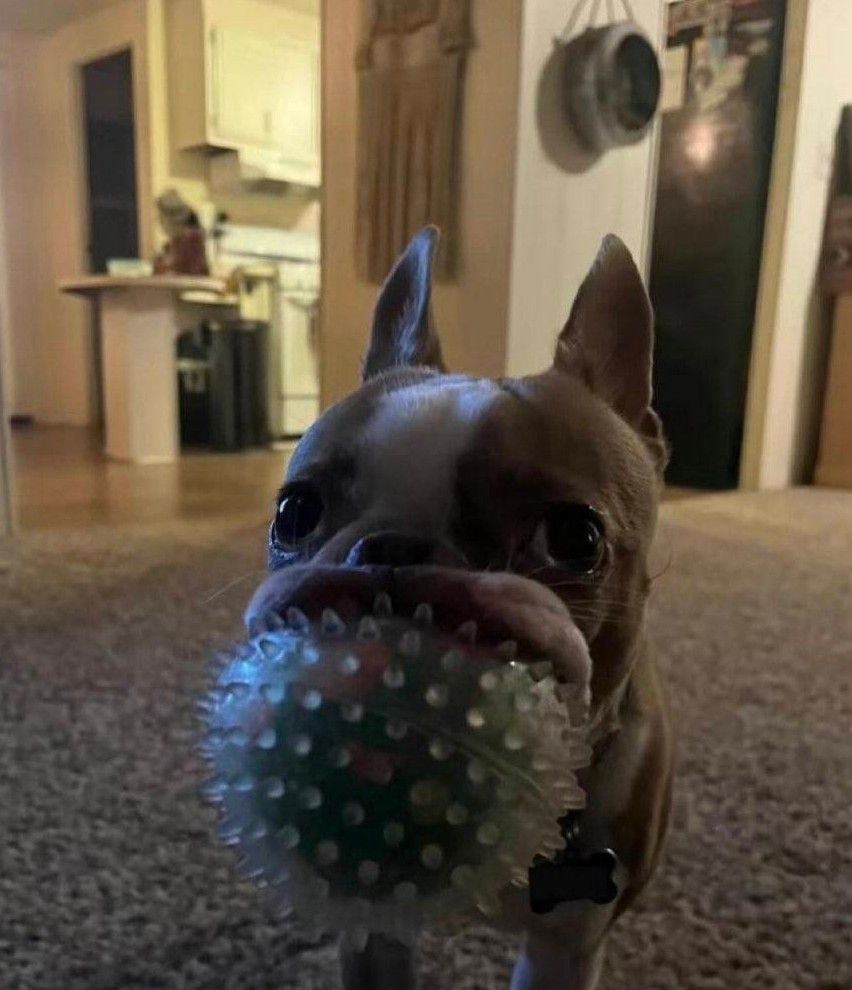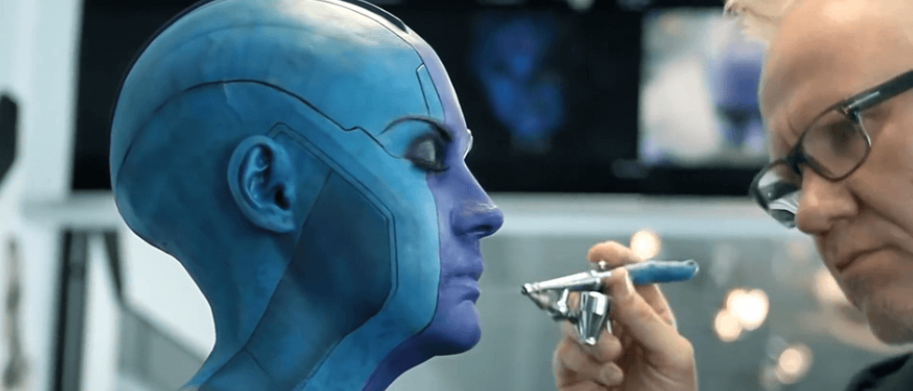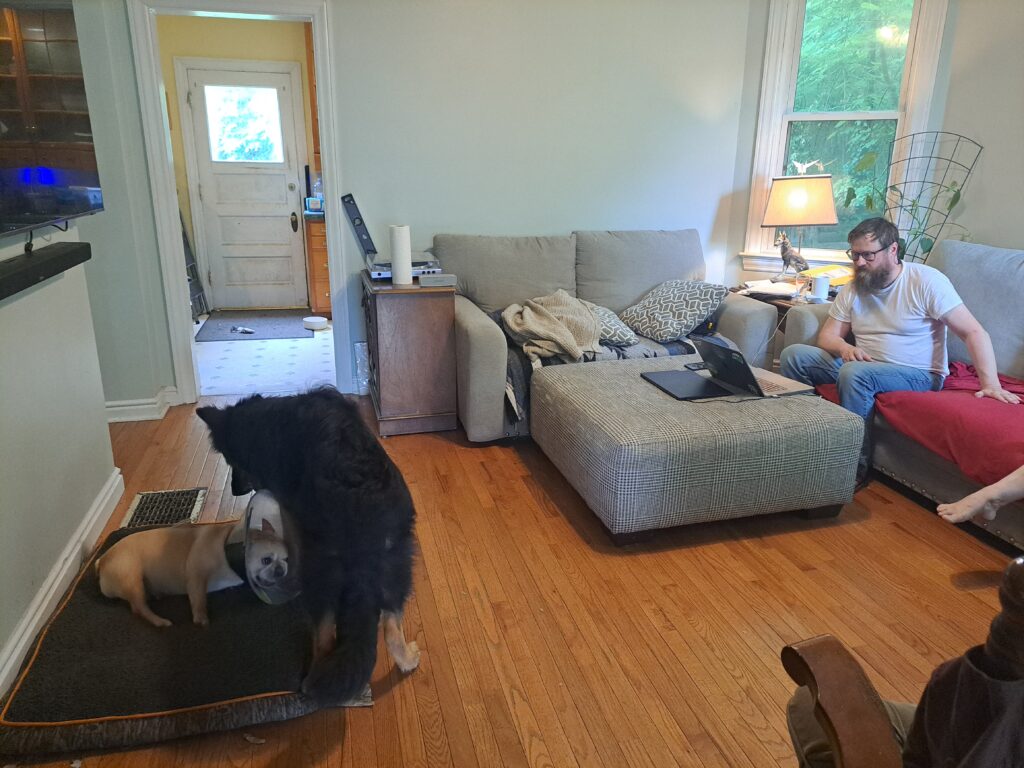The world is evolving in 2025, and the way we work is evolving with it. For example, the introduction of remote work since the pandemic has, for many, allowed flexibility in location and scheduling that had previously never been possible. In this way, among others, people now have the option to intertwine their personal life with their work, in some sense. Is this new way of work a good idea, or does it introduce more problems than it solves?
There are many who argue in favor of integrating life and work. In a book focused on self-improvement written by Steward Friedman, he claims that “work/life balance is a misguided metaphor … [which] forces you to think in terms of trade-offs instead of the possibilities for harmony.” His introductory example, however, proves that ‘work/life harmony’ is very difficult to achieve. He mentions Sam, a “divorced father and an ambitious professional” who “[is] constantly distracted. I wish I could be under less stress and pay more attention to my daughters.” Though Sam has taken on a lot of work himself, he demonstrates why blending life and work is not always applicable. Even if Sam were to maintain a ‘harmonious balance’ between life and work, what he says: “[w]hen I’m at work, I’m worrying about Sophie and Erin, and when I’m with them on the weekends, I’m online taking care of loose ends at work…” would still apply.
Work and personal life are two separate activities, and while intertwining them may have benefits, it also comes with the stresses of both, as managing a fair balance is hard when facing the guilty uncertainty of whether one is applying themselves too much to work and too little to their family, and vice versa. Joey Selley has previously worked both as a team member and team manager at Target, and while ‘[she] was able to have a schedule that worked around making sure [her] kids got to school […],’ her managerial position still took a toll on her personal life. She recounts: “Yes, [my work and life] were separated; however, the work was so stressful that I was not actually present in my life because I was too stressed about work. And it became so I could not take that stress and leave it at work anymore.” In Joey’s case, the separation was still not enough to prevent the stress from her job detracting from her personal life. A blended life, whatever it might look like, would not solve this issue. Here, where her job is very stressful, finding a way to blend its responsibilities with her personal life would simply allow the stress into more of her day.
Others, whose careers are based around their passions, have a good case for a blended life. Lila Sebek, a sophomore who wants to work in astrophysics or as an aerospace engineer, said that “…it’s a little hard, because space is something that I’m so interested in[, … and it’s so] intertwined in my life so much that it’s kind of hard to find a balance.” She is hoping for work and life to be “a bit more siloed, but [while] still incorporating things that I’m interested in into my personal life. But not, like, taking work home, or anything like that,” acknowledging that “I[ might be] working like a stressful job where like, I mean, no one wants a rocket to explode.” For her, balancing an aerospace career with her own interests is tough because she’s so interested in aerospace. Especially with the weight of the time and money invested into the kinds of projects she hopes to work on, it may end up being draining. It might be harder to decompress from this kind of work when her hobbies and interests are also in the same field, giving her no ability to ‘rest’ from her work.
Jessica Stillman, a writer for the Huffington Post, acknowledges that “My teaching, coaching, and writing are integrally a part of who I am, and vice versa. […] In fact, I woke up early to put the finishing touches on this very post, not out of obligation but out of desire. My typically supportive husband lay half-asleep in bed beside me as I typed, moaning ‘work, work, work.’ The thing is, writing doesn’t feel like work to me.” When one loves their work, it may not be so bad to blend their work, especially if it makes for a convenient schedule.
Jordan Hart, a senior here at Avonworth, who plans to be a ‘special makeup effects artist, also thinking about stuff to do with theme park design,’ wants to thoroughly blend her work and life. For her, “… everything that I do in my art, whether it’s my makeup, or building or designing things, everything kind of exists in my life and in my world because I’m so passionate about it, so I really do try to tie everything in. I make friends at my work and I hang out with them outside of work…” Because she’s so passionate about her work, she wants to make it the core part of her life: the single place that her personal and professional life stems from.
One still must be careful, however, to make sure that their work doesn’t begin to consume them. Anna Bennet, a junior, is planning on going into “UX and UI design, which is similar to the arts, but has higher pay and more demand.” On the effect that the creative effort at work would have on her personal art, she said: “It definitely would affect my personal work. I think I would have to focus full-time on the work instead of my personal ideals, just because of how my brain works. Doing so much artwork can wear me out.” And elaborates, “Spending too much time on work would mean I couldn’t keep improving, because I couldn’t work on my own projects and challenge myself.” In Anna’s case, a blended life could easily lead to her overworking herself and burning out. While careers one’s passionate about allow for flexible schedules, it’s likely better to separate and contain projects for work to let one focus on personal projects also.
On the other hand, there is evidence that a rigidly segmented life makes for happier employees. In 2016, a survey by Google revealed that “regardless of preference [between segmentation and blending], segmentors were significantly happier with their well-being than integrators.” (Stillman) An important part of maintaining mental health is to be able to disconnect from work – and not just by physically leaving the workplace; being able to back away from the stress that comes with one’s work while at home is essential. Simon Duvall, a senior software engineer for Dick’s Sporting Goods, has first-hand experience with this fact. He says: “I’m in a remote work scenario. So if I had to go into the office, it would be easier to separate the time. So I’m kind of always thinking about work, and so I need other things to kind of distract me from work, so to speak.” Since Simon’s office is his house, he is less able to mentally disconnect from work, and problems from his work make their way into his free-time. In a ‘blended’ life, there would not be a chance to unhook from work since, by definition, work would be a part of one’s personal life. Thus, if anything stressful is going on at work, it becomes pervasive.
As part of their research, Google made employees hand in their work devices before going home from their Dublin offices, and they noted a “shared sense of stress relief for many.” Creating a sharp divide between work and home helps mitigate the guilty sense of responsibility that comes from the ability to work any time, and the choice not to, a choice which may cause some to “delay or miss family events … [or] take our communications devices with [them] so that [they] can stay connected to work” (Ashkenas). Work being present in every moment of one’s life allows work to intrude upon intimate events where it shouldn’t be of any concern. If work is in any way stressful, as it so often is, allowing it into one’s private life allows for unnecessary stress which can otherwise be contained inside work hours.
While there are benefits with blending work and life, especially for those whose work is also their creative passion, it can in some cases diminish that passion or one’s capacity to truly engage with their passion. A blended life also becomes detrimental for some stressful careers where one needs to escape and take their mind off of the stress of work. In addition, there is evidence to show that having a hard separation between one’s work and personal life relieves stress and leads to a more satisfactory life, regardless of their stated preferences (Stillman). Ultimately, a blend between work and life is rarely a good idea. Maintaining a firm separation is preferable most of the time.

















This dog has bitten off more than it can chew.